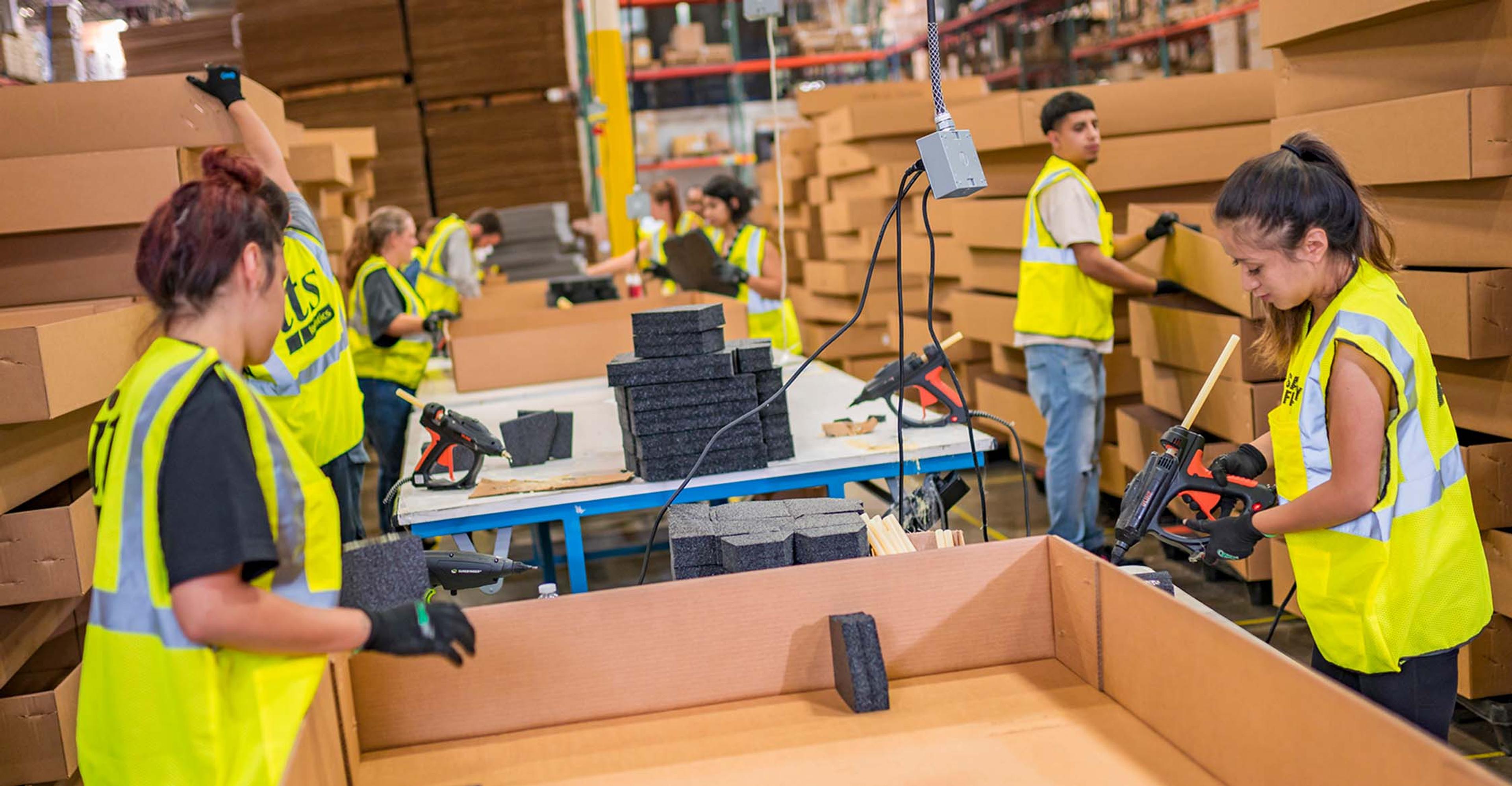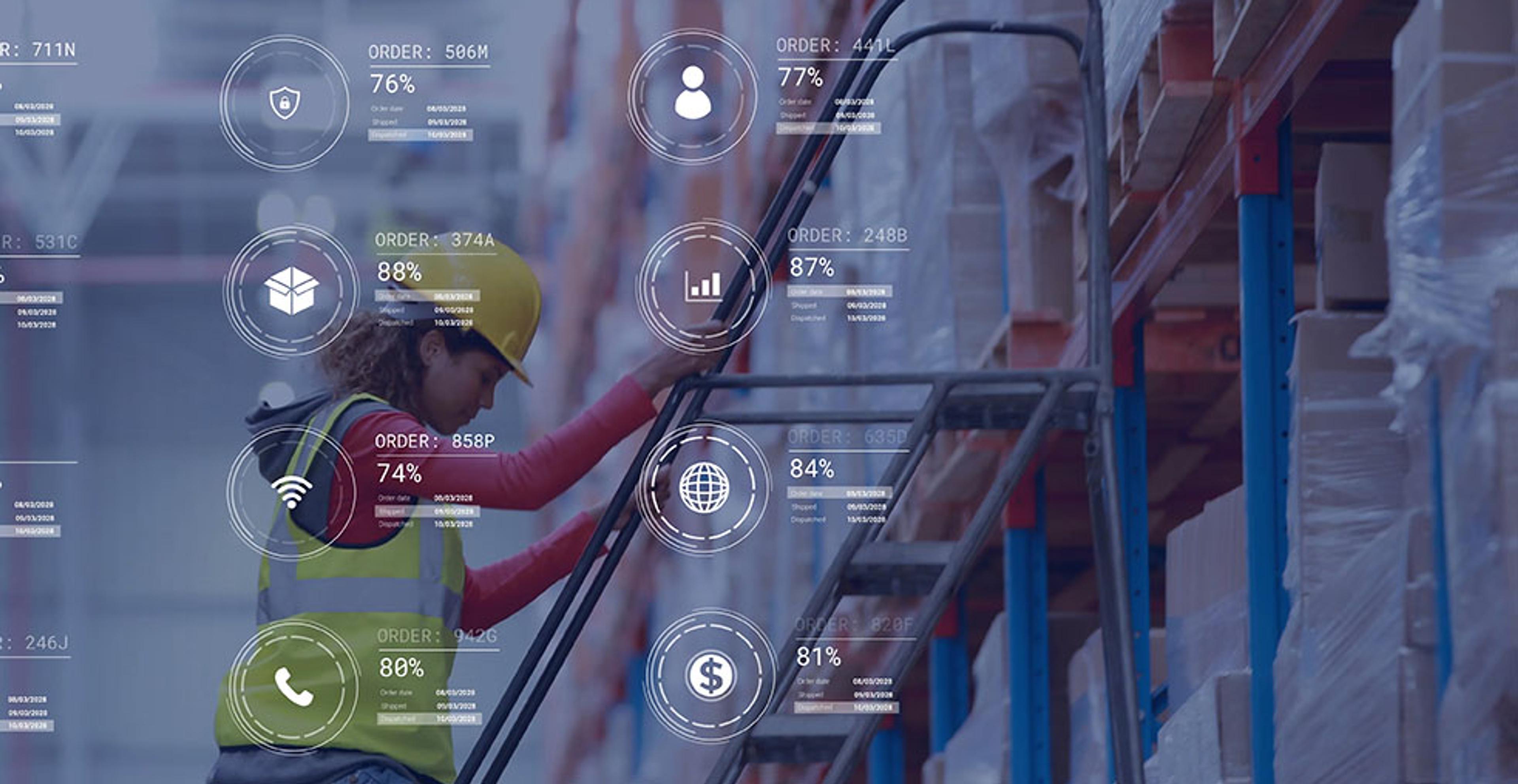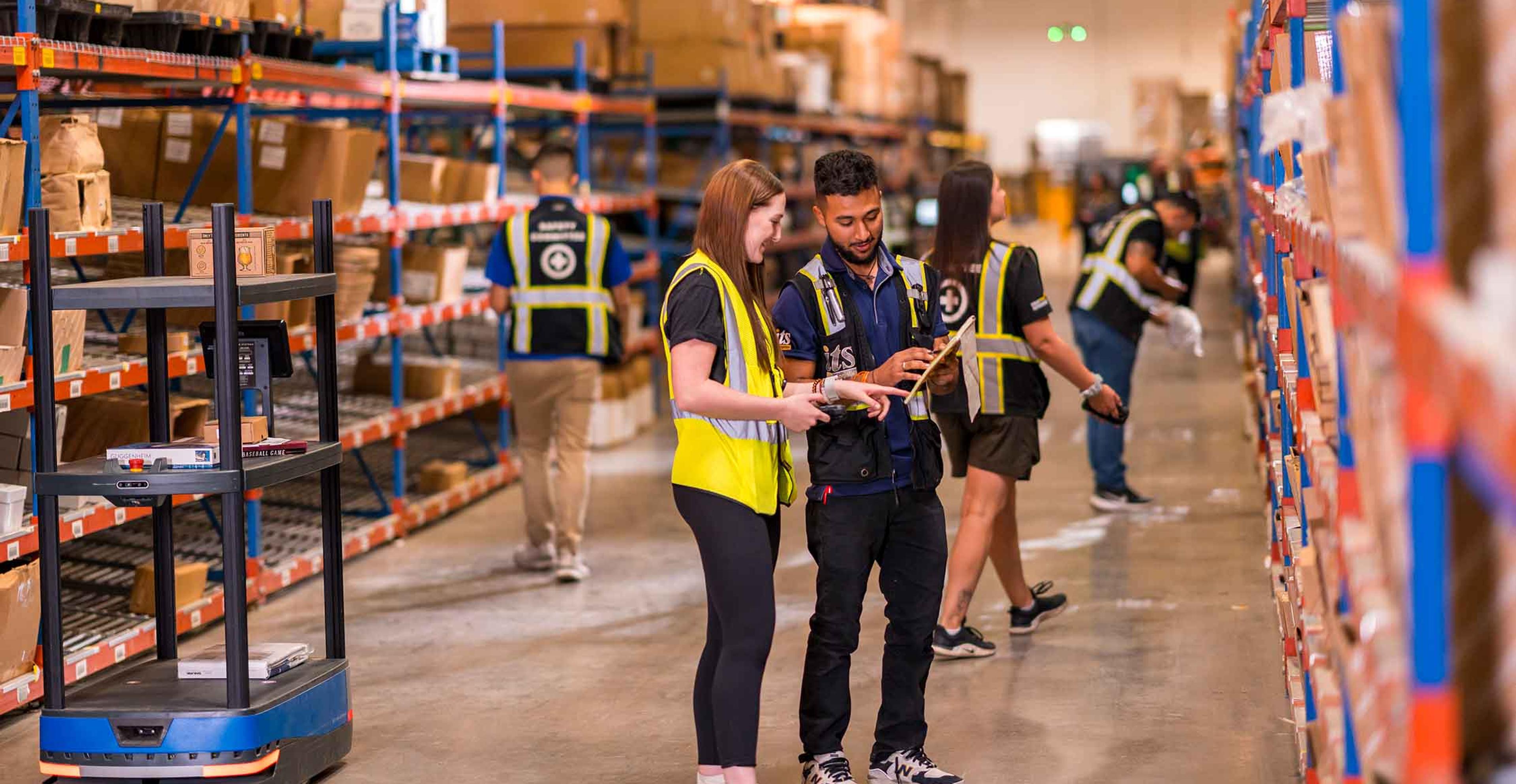
Scale business growth with these ecommerce fulfillment trends
Retail today versus retail four years ago is completely unrecognizable due to the extreme disruptions that have occurred within the supply chain. The back-end operations of fulfillment play an equal, if not larger, role as the front end in shaping the customer experience. Ecommerce fulfillment trends have evolved rapidly when it comes to technology, retail trends, and consumer behavior, causing challenges for merchants around the globe.
Even throughout the course of 2022, we have seen dramatic shifts in ecommerce fulfillment trends. As we finish out the remainder of the year, we have identified the following five ecommerce trends.
Ship-from-store strategies, direct-to-consumer, and store-based order fulfillment
Born out of the pandemic, ecommerce is seeing a massive shift in the method that orders are fulfilled for customers. Legacy brands saw an uptick in direct-to-consumer fulfillment as the digital ecosystem flooded with shoppers. For example, 15% of Nike’s revenue in 2010 came from D2C sales. In 2020, that number increased to 40% and they project it will reach 60% by 2025. Direct-to-consumer ecommerce is expected to reach $151.3 million in sales by the end of 2022, a 15% increase from 2021.
During the past two years, store locations across the United States have taken on the role of a miniature fulfillment center. Retail giant Target reports that an enormous 96% of its sales are fulfilled via store locations. These stores are typically positioned more favorably geographically than a traditional fulfillment center and are far more abundant with 1,934 Target locations in the United States alone. In addition to this strategy, offering same-day delivery capabilities and BOPIS (buy online pick-up in store) has increased accessibility and improved customers’ seamless shopping experience.
Automation across the fulfillment process for increased cost savings
The global warehouse automation market is estimated to pass $30 billion by 2026, more than double what it was in 2019. Manual processes have become costly to retailers as businesses need to upscale with greater speed and efficiency. As order volume has experienced significant growth over the years with the popularity of online shopping, it takes more infrastructure and manpower to keep pace.
The adoption of warehouse management systems, return management platforms, and robotics on the warehouse floor has surged during the last two years. Not only do these systems speed up the fulfillment process, but they also solve further reaching issues such as labor shortages and lack of visibility. Automation is a part of a gradual shift of 3PLs becoming technology partners as much as they are warehouse partners.
Rate shopping to reduce shipping cost
The United States Postal Service is increasing shipping rates by 5.9% this year (2021 was a 4.9% increase). Some shippers are paying up to 9% higher YoY when factoring in FedEx and UPS’ adjustments to their surcharges for fuel or oversized package handling. The parcel marketplace, like many other industries, is amid massive inflation and carriers are being selective of the volume they handle.
Partnering with an ecommerce fulfillment provider like ITS Logistics is the best way to reduce shipping cost. By providing customers real-time rate shopping software and analyzing a merchant’s order history, an optimum shipping strategy can be crafted despite unfavorable conditions.
An evolving spectrum of sustainability tools
Consumers have been placing importance on sustainability for years and the majority are now making their purchasing decisions based on a company’s environmental impact. Data shows that more than 74% of consumers are willing to pay a premium for sustainable packaging, while 59% are less likely to buy a product with packaging damaging to the environment.
Packaging is just one example of reducing environmental waste. Around 90% of a company’s environmental impact is caused by the supply chain, making it a prime opportunity to improve sustainability. Sustainability tools can range from applications, services, and capabilities that enhance levels of digitalization, collaboration, and visibility. Fulfillment centers can also undergo modifications to become more sustainable.
With impact across the entire value chain, leaders who don’t invest in sustainability tools risk a negative impact on brand, company image, and consumer expectations. Choosing sustainable actions can bolster your brand while positively impacting the planet.
Consumer buying behaviors demand premium shipping options
Consumers have become accustomed to multiple purchasing options and that expectation is here to stay. Buying behaviors were formed throughout the pandemic around the customer experience and those behaviors have proven to be “sticky”. Online grocery orders are expected to rise over the next three years and have carved out an entirely new niche in the ecommerce world.
And now, customers don’t just want their order on time – they want to be delighted with a seamless shipping experience. The average U.S. consumer tracks their order an average of 3.9 times after purchasing. However, data shows that over half of ecommerce merchants fail to provide tracking information on their website and rely on third-party sites. By directing a customer away from your brand, you are disrupting the post-purchase experience and breaking the relationship you have just formed. Providing customers with consistent and accessible aftercare is what they expect.
Stay ahead of ecommerce trends in 2022 with ITS Logistics
ITS Logistics invests in the latest software and automation to provide its customers with the technological and physical infrastructure needed to support rapid scaling. As order fulfillment becomes more complicated, time-consuming, and time-sensitive, partnering with a trusted and knowledgeable 3PL can be key to meeting consumer expectations. By preparing for the remainder of 2022 with these ecommerce fulfillment trends, your business will be well-positioned to thrive in a shifting supply chain landscape. Contact us today to learn more about e commerce fulfillment services.



